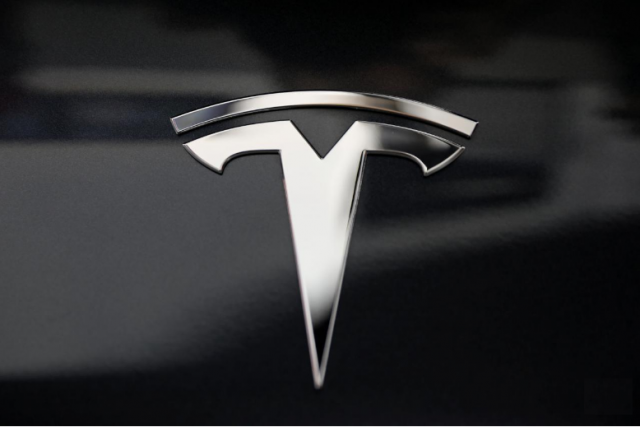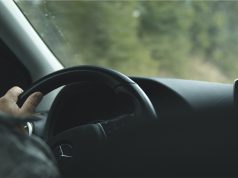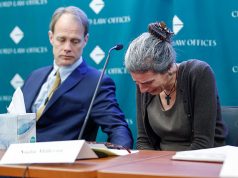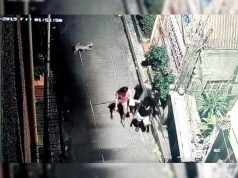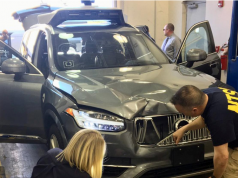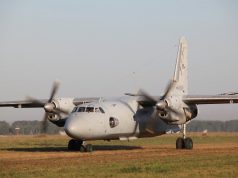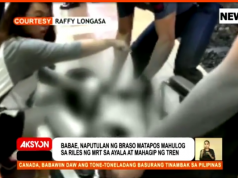WASHINGTON — The U.S. National Highway Traffic Safety Administration (NHTSA) said on Thursday it was sending investigators to examine the crash of a Tesla Inc vehicle, apparently traveling in semi-autonomous mode, and a fire truck in California.
The move follows an announcement on Tuesday by the National Transportation Safety Board (NTSB) that it was sending two investigators to the scene to examine both driver and vehicle factors in Monday’s accident in which the driver said the vehicle was operating in “Autopilot” mode.
Tesla declined to comment on the new probe. NHTSA said in a statement it was sending a special team to “investigate the crash and assess lessons learned.”
The government probes escalate the risk for Tesla and automakers at a time when the industry is seeking federal legislation that would ease deployment of self driving cars.
The NTSB can make safety recommendations but only the NHTSA can order automakers to recall unsafe vehicles or fine automakers if they fail to remedy safety defects in a timely fashion. Before the agency could demand a recall from Tesla, it must open a formal investigation, a step it has not yet taken.
The NTSB probe is the safety board’s second into a Tesla crash that may be linked to Autopilot, the automaker’ s semi-autonomous driver assist system that handles some tasks and allows drivers under certain conditions to take their hands off the wheel for extended periods.
Tesla requires users to agree to keep their hands on the wheel “at all times” before they can use Autopilot.
The Culver City, California fire department tweeted on Monday that an engine was struck by a Tesla “traveling at 65 mph. The driver reports the vehicle was on Autopilot. Amazingly there were no injuries.”
The NTSB faulted Tesla in a prior fatal Autopilot crash.
In September, NTSB Chairman Robert Sumwalt said operational limitations in the Tesla Model S played a major role in a May 2016 crash that killed a driver using the vehicle’s semi-autonomous system.
The first fatality in a Tesla vehicle operating in Autopilot mode raised questions about the safety of systems that can perform driving tasks for long stretches with little or no human intervention, but which cannot completely replace human drivers.
In January 2017, an NHTSA probe of the fatal Autopilot crash found no evidence of defects.
Tesla shares closed down 2 percent at $345.89.
Tesla in September 2016 unveiled improvements to Autopilot, adding new limits on hands-off driving.

